#mdmfa
Explore tagged Tumblr posts
Photo
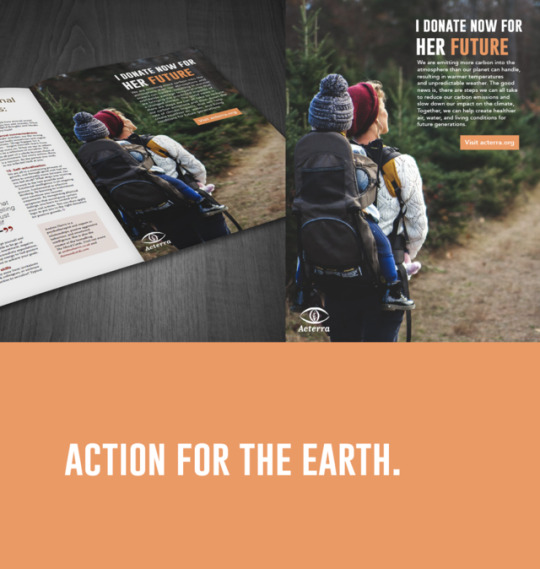
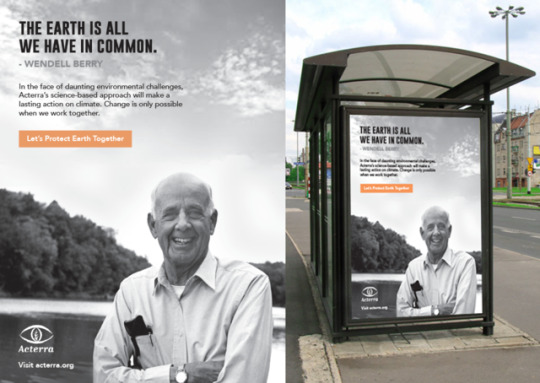
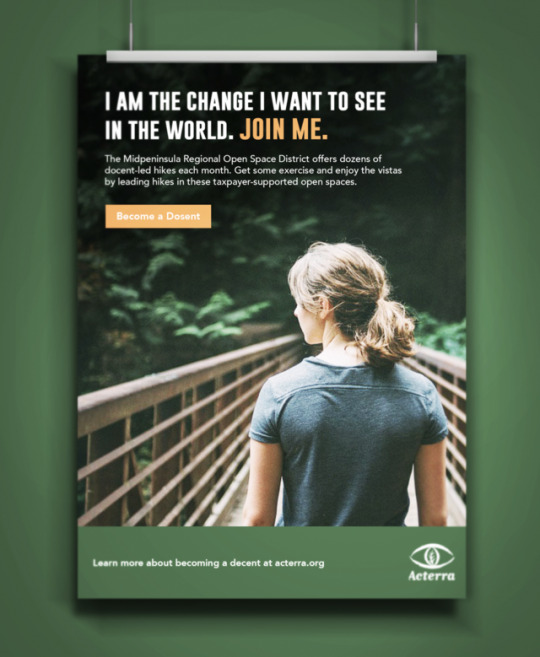
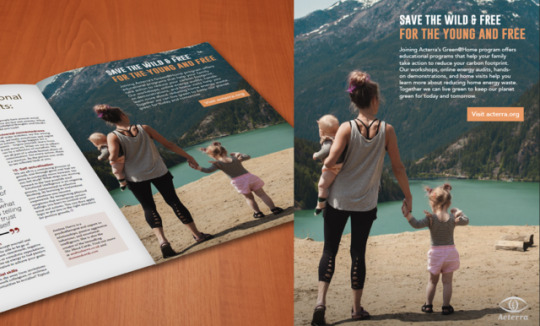
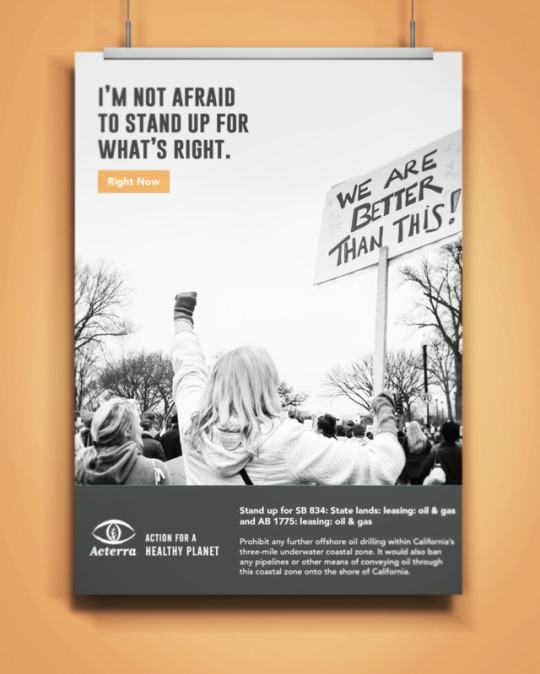
4.4.1 - Final Comps
As I brought the project into finalization, I began considering each piece as part of a comprehensive campaign with a focus on taking immediate action. Each ad in the set focuses on a different aspect of action a person can take including, volunteering, voting, living green, donating and protecting the environment. The overall theme of the campaign will be to activate a new base of Acterra supporters.
I push the project further into a larger campaign development plan. The campaign plan utilizes a SMART multi-media strategy:
S: Specific
M: Measurable
A: Achievable
R: Realistic
T: Time-bound
(SocialBrite)
The focus is on meeting the established goals while keeping the budget as low as possible. During this final creative development stage, I pushed to make the content and design will work together for readability and impact. Continued research lead me to follow Gabriele Berghammer and Anders Holmqvist’s principles for elements affecting readability through design. The elements fit into 4 easy to follow categories:
Content
Style of expression
Format
Features of organization.
(Berghammer and Holmqvist, 2012)
The content developed utilized the established tone gain by understanding the buyer personas. The call to action in the campaign uses the action color orange across media. The images selected either show the target audience or use influencers to motivate the target audience. The natural setting further pushes the message through the imagery.
As I developed the final comps, great care was taken to make sure the ad series focused on each aspect of Acterra’s mission while remaining cohesive. Great refinement was taken with the call’s to action and body copy to encourage consumers to vote, volunteer, live green, or donate.
--
3 Key Takeaways from Effective Copywriting
The Full Sail University Effective Copywriting course has been an extremely valuable experience. As a designer, it can be easy to neglect the copy and focus on the visuals. The course has brought clarity into the marriage of copy and design through research and best practices. In these 4 short weeks, I have found myself chatting with colleagues, students, and interns on the importance of copywriting supported by research. While this course has left me with many takeaways, three really stand out:
1. Buyer Personas Writing buyer personas early in the process was extremely valuable to the project. The personas helped set the tone for the campaign and raised important points about the consumer and how to communicate with them. When I develope campaigns in the future, buyer personas will be included in the early stages.
2. Headline Writing Strategy I have written hundreds of headlines in my career, but I have honestly never researched techniques for writing headlines. As I move forward, I will invest extra effort in the research stage to develop my headlines on brand, on message, and with effective technique.
3. Vocalization The course pushed me into really considering the eloquence of my body copy. Prof. Rogalle suggested a technique of reading the copy aloud that worked extremely well. This simple technique can be easily utilized in my future projects to increase readability.
Overall, this has been my favorite course because the projects were realistic and offered many techniques and opportunities for improvement.
References
Felton, G. (2013) Advertising: Concept and Copy (Third Edition). W. W. Norton & Company, 20130805. [VitalBook file]
2 notes
·
View notes
Text
Mastery Journal Reflection: You Belong Here!
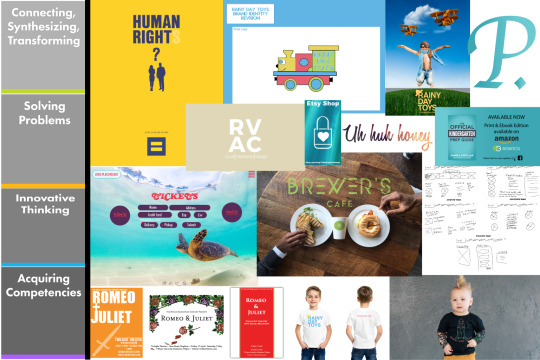
Virginia Commonwealth University just opened International Contemporary Arts Center, (ICA) a new museum at Belvedere and Broad. I’ve watched the construction of this building wondering what it’d be. Initially, I thought it’d just be for students, a classroom, but then it turned out it was for us, for the city.
You Belong Here.

"You belong here" by Tavares Strachan. Photo by Joseph Vincent Grey.Tavares Strachan's, "You Belong Here" (Flamingo II) is currently installed at ICA and is on the 2nd-floor balcony facing Broad. Tavares' work left me experiencing something only to be explained as duende a heavy experience of emotions. First time I saw this piece, really saw it - I cried.
When I was in undergrad I spent the last three months of that degree trying to convince my academic advisor to let me change majors. I wanted to be a designer. It was suggested to me to consider a second bachelor or go for my masters in Media Design. I decided on the MFA, knowing I'd have to work to belong among these professionals, this cohort because I don’t belong here. I am a writer, a former tv/film hair, and makeup artist, but now I am to be a media designer.
It was only in the book that I realized I no longer had to work incredibly hard but simply exist, Stories that Move Mountains: Storytelling and Visual Design for Persuasive Presentations
Reading that book is when I realized I do belong here because a design is nothing but storytelling.
Storytelling is nothing but showcasing how a persons life was good until there was an “inciting incident” and he had to make a decision to make the hero’s journey and fix whatever “the problem” is and save the day...
The design is nothing but storytelling aka fixing problems, communicating why you need something.
My Top Three Takeaways:
1. Are You Communicating What You Think You Are?
Often we pop up with these funky designs, thinking we're innovating when its often just a jumbling piece of messaging. Simplify. Stop thinking that folks aren't “ready” when the truth is our execution of the message was poor.
2. If you’re quick to defend your choices, check your ego (Is it based on emotion or solid ground?)
I’ll never forget hearing Erykah Badu’s Tyrone for the first time, and it isn’t due to what you’re thinking. At the beginning of the track, Erykah starts off by saying, “Now keep in mind that I'm an artist and I'm sensitive about my sh*t.” I’ve been learning to be passionate about what I do but learning to separate the critique of what I have created from the value of who I am. Don’t get me wrong, I'm sensitive about my work, but I’ve been able to glean some valuable lessons when I moved my ego out of the way and hear how I've executed the mission or haven't. This is where the RISE model of critique is so important. Citiiquogn to elevate the work and artistry of another is helpful to the artistry and the ego.
3. The WHY is relevant.
While reading Stories that Move Mountains, I realized I needed to complete my business presentation for client onboarding where we talk about “Their Why”.
Establishing what are they doing, why are they doing it, how are they doing it will be big in creating success for them.
This past year I figured out and reaffirmed my why and my focus.
My focus is the small business, offering those big business solutions to them to help them go out and impact the community, be it the author, coffee shop, whoever doing whatever.
I’ve had to solve design problems under crazy deadlines, such as figuring out how to do a custom menu, in forty minutes, for a restaurants premier during Black Restaurant Week.
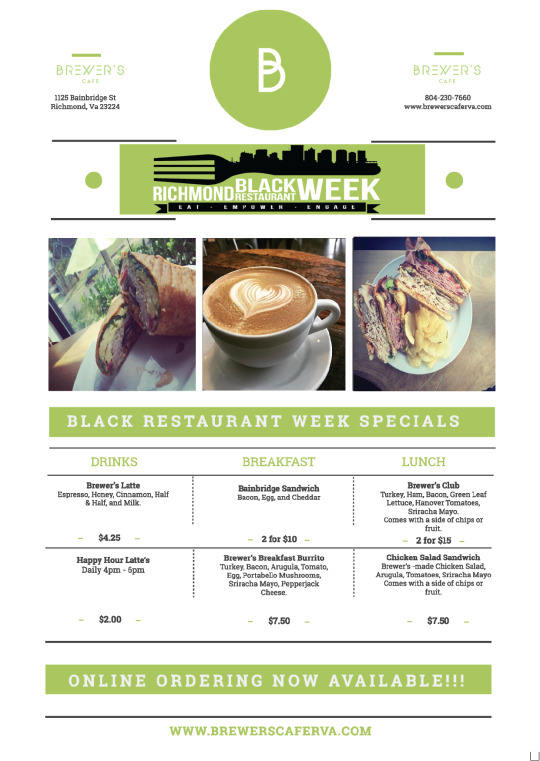
Acquiring competencies was learning to wireframe ALL THINGS. The more I go straight to the design process the more time I waste on the other side of things. If I begin by taking the time to figure out what is absolutely essential to the floor plan and then adding it to the wireframe and eventually the iteration I finish with a well thought out product.
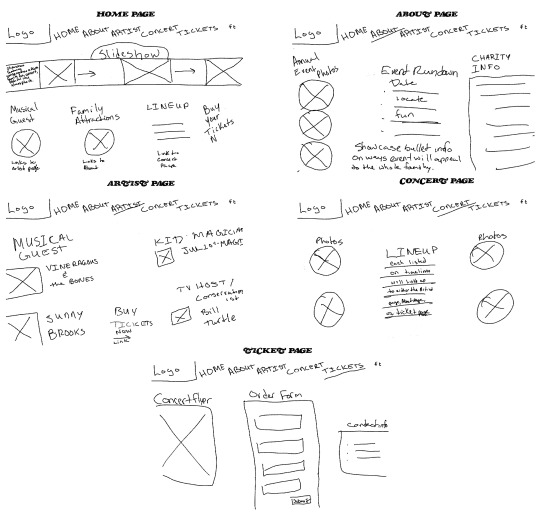
The best example of Connecting, Synthesizing, Transforming would be Rainy Day Toys. Connecting with the needs of the brand, learning to merge my needs with their wants and transforming it all into a happy medium
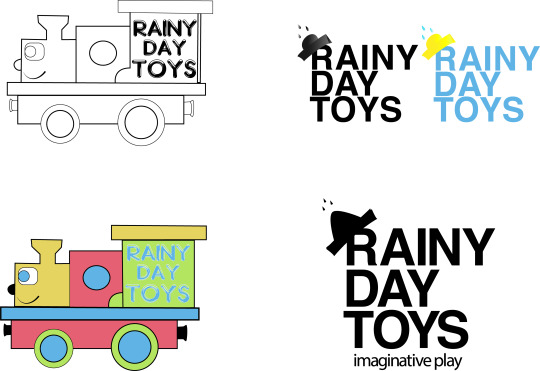
And finally, Innovating Thinking comes in with the HRC (Human Rights Campaign) Testimonial ads. Learning what makes an ad successful, following the brand guiltiness and using their attributes.
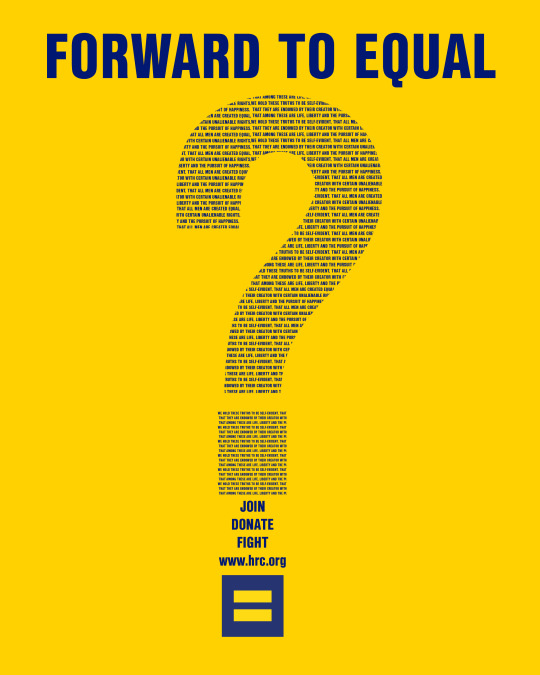
All and all, this program has confirmed something for me.
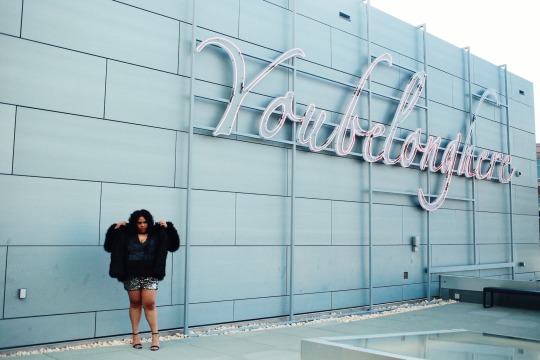
I belong here.
#FSO#Full Sail#full sail university#mdmfa#Tavares Strachan#You Belong Here#ICA#VCU#HRC#Brewers Cafe#A Hidden Exposure
1 note
·
View note
Text
Presentation of Design Solution
During this month the thesis has brought together all the hard work that was invested during the year with simply showing the DLOs. The hardest part of this month was just setting up the Thesis in such a way that would be effective as a presentation that would incorporate all the work that was done throughout the year in a very streamlined way that makes sense. The main takeaway that had the biggest impact on the way I process and understand design have been the Desing thinking, the thinking in the design process are one of the big things that were added to the tools of becoming a media designer. Understanding how to research before anything else was a big step in how the creative process starts. Having the information and organizing the data gathered in a way that creates a viable solution can be extracted to form prototypes “understanding of the problem and its constraints allows more exact solutions to be developed.” ( Sykes, 2012 ) Having a good grasp of what problem is need it to be solved helps to find the right solution. The second has to be Visual storytelling using the CAST system is the second takeaway that has changed the way I approach creating a visual story. Looking at content, audience, structure, and how its told was something new in the thinking and organizing of how its all presented “visual elements and combine them in compelling ways so that they can be viewed and understood in a variety of formats” ( Best, 2006 ) Showing visual element that can be direct at the audience that will get what they see helps in influence what the outcome will be. The third is Presentation, how the design solution is present matters in providing insight not just into the design solution but also the process itself. Kathryn Best talks about in Design Management about being prepared to communicate, address questions and paying attention to the story that is told to the audience that generated excitement about the solution is important.
Having those tools have opened my mind to a new way of seeing things when creating, implementing and presenting design. While before a lot of data that was gathered seem just like a massive information that was missing that cohesive structure that would make sense, what can be implemented in future projects is a well-organized structure that can deliver the best solution available.

The Thesis site that was created to provide a clear understanding of the DLOs that where acquired by showing each one on its own page. This included all the projects and journal entries to be examined.

This page was focused on how projects where developed, synthesize and advanced by making the connections that elevated the project

This shows the process that transformed the idea for the project by connecting the research to transforming the initial design into something more and elevating the understating on what the brand can be.

The solving problem page showed different approaches that were considered in developing the final product.

This shows in diagram form the path that was taken in finding the right choice for the final logo for the sea turtle concert. From mood board, the evolution of the logo is constant concept evolution that was refined while using the reference of the mood board in order to not drift from objective.

Creating the unique solution that would transform the project in a different way.

The addition of rain in the graphics animation was one of my innovation that made the reveal of the logo fun and interesting.
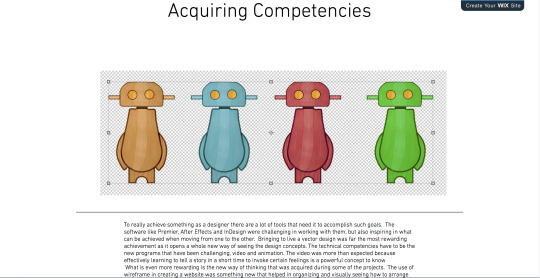
Created a new, unique and improved solution while meeting the design criteria.

Learning new software to use that opened up a new way of seeing a design and creating new possibilities in how something can be approached in order to find the best connection to the audience. The images show software learned that helped create motion graphics.
Reference:
Ambrose, G. (2009, December 1). Basics Design 08: Design Thinking > Target groups > Target groups - Pg. 42: Creative Edge. Retrieved from http://ce.safaribooksonline.com/book/design/9782940439386/research/42?percentage=&reader=pf
Best, K. (2006). Design Management. Worthing, UK: AVA Publishing. Retrieved from http://ce.safaribooksonline.com/book/design/9782940439782
Sykes, M., Malik, A., & West, M. (2012). Stories that move mountains: Storytelling and visual design for persuasive presentations. Hoboken, NJ: John Wiley & Sons. Retrieved from http://ce.safaribooksonline.com/book/communications/presentations/9781118423998
1 note
·
View note
Text
Mastery Reflection: Month 11
This was by far the most intense month of the entire MDMFA program! The class was instructed to collect all of the projects that we’ve done over the past 10 months and choose the most appropriate ones to fit inside of our Masters Thesis Presentation.
While choosing which projects to use for each topic was a task in itself, the real struggle was finding all of my old work! I guess I’m pretty notorious for not being the most organized person to ever use a computer so my folders were strung out among many sections, local and on the cloud. I did find everything I needed, nonetheless.
We were tasked to read the book Stories that Move Mountains by Martin Sykes, A. Nicklas Malik and Mark D. West. In this book, the ideas presented mainly consisted of how to improve a presentation. The major takeaway from this was that the old bullet point style of presentation really doesn’t work in today’s society.
Another takeaway from this book was the fact that the heavy use of visual storytelling is far and wide an important part of gaining an audience’s attention. Great visual storytelling will really go a long way in conveying an idea of a presentation - far better than a simple presentation with heavy bodies of text could every do.
It was nice learning about the CAST model in the book. It’s the chosen model used by the authors to use to create presentations. CAST, which is an abbreviation for Content, Audience, Story, and Tell, is a model that allows a presenter to follow its steps in a way that more clearly conveys the message being presented to an audience.
You can find my final thesis presentation from this month’s class at https://ttcox3.wixsite.com/thesis-presentation/.
References
Sykes, M., Malik, N., West, M., (2012). Stories that Move Mountains: Storytelling and Visual Design for Persuasive Presentations.
0 notes
Text
Mastery Journal - Final Entry
1. Mastery Mastery was my first course in the Master’s program. I was so nervous scared and overwhelmed to take this journey. I did not know what to expect. I am so glad that the program started off here, because through the turning point video and the research into my life’s goal I figured out where I wanted my career to go in the future. I am currently a trainer for a corporation. I felt as though my design background was being wasted, but I had also found a new love for teaching. This mastery class helped me to incorporate both skills and become a training and instructional designer. My most outstanding personal triumph was about 6 months into the master’s program, I spoke with my direct supervisor about my expectations and 2 months later I had the title. This class touched on all 4 of my thesis topics of Connecting, Synthesizing, Transforming, Solving Problems, Innovative Thinking, and Acquiring Competencies.
2. Defining Client Needs Defining Clients needs course was in my element. We completed a logo design workshop that allowed me to design a logo for the city of Marrakesh, Morocco. I got to research a city in a country that I previously knew very little about. The research had to be so extensive because the logo needed to capture the nature of a place of which I was unfamiliar. I learned so much from the research I did and came up with some fun and colorful design possibilities. My most outstanding personal triumph was coming up with 3 very different solid designs. I sketched for seemed to be forever and was so confused with the direction I should take. I received peer feedback and narrowed down the choices to designs that I was proud of. This class touched on all 4 of my thesis topics of Connecting, Synthesizing, Transforming, Solving Problems, Innovative Thinking, and Acquiring Competencies.
3. Brand Development For the Brand Development class, I continued with the logo design project and take it a step further. The assignment here was to create a toolbox for the designs. The three designs that were chosen needed to be accompanied by a synopsis of the design choice and what the supporting images and colors for the project would look like. The font choice, color choice, and related images and thought process behind the design choices are represented here. I loved this project because it gave a visual of the places the design could go. This project helped to make the design more cohesive and have a direction. My most outstanding personal triumph was learning to put together a cohesive toolbox. This talent is something that will assist me throughout my entire career. This class touched on some of my thesis topics including Connecting, Synthesizing, Transforming, and Acquiring Competencies.
4. Effective Copywriting Effective Copywriting was a difficult and challenging class for me, but one I was extremely happy that I completed. In addition to the research paper, we created testimonial ads for a non-profit organization. I had never worked on ads before, outside of just creating the image or layout, so having to create the content and make it as clear, concise, and memorable as possible was new to me. Even the smallest ad need so much attention to detail. All the contents must have a purpose, and the layout must add to the overall design. My most outstanding personal triumph was learning to make three separate designs that worked together as a series. I was so proud to awaken an ability that I never knew I had. This class touched on all 4 of my thesis topics of Connecting, Synthesizing, Transforming, Solving Problems, Innovative Thinking, and Acquiring Competencies.
5. Design Research Design Research was so fun. I was so nervous at first to be asked to design a website for a fictitious non-profit organization. Web design is not my strong suit, coupled with the fact that I chose electronic dance music (EDM) as the genre for the benefit concert the website was supposed to promote. I researched EDM, and I researched design elements for good web design layouts. I worked on my sketches and tried to do as much as I could, before touching the computer. I decided on a dark theme with neon colors to represent the EDM scene. My most outstanding personal triumph was overcoming my fear of designing a website. I wanted to make a design that had all the elements, but was not overly stimulating for the eye. It took a few tries but I believe I eventually got it right. This class touched on all 4 of my thesis topics of Connecting, Synthesizing, Transforming, Solving Problems, Innovative Thinking, and Acquiring Competencies.
6. Organizational Structures Organizational Structures were terrifying for me. The project for this class was to create a promotional video to promote the concert event for the non-profit that the previous class’ website was promoting. I have never worked with video and animation. I knew what I wanted the promotional video to look like, but I had the hardest time figuring out how to do it. I ended up with the best video I could create at the time. My most outstanding personal triumph was conquering my fear and doubt that I could create the video and animation and realizing that, with practice, I could be great. This class touched on all 4 of my thesis topics of Connecting, Synthesizing, Transforming, Solving Problems, Innovative Thinking, and Acquiring Competencies.
7. Design Strategies and Motivation Design Strategies and Motivation came at a time that I was feeling a bit burned out. I completed a research paper and then the task was to map out the execution of elevating five projects I had already completed. This class was not difficult, however, because I was already feeling a bit burned out I was just overwhelmed. My thought process was that I had already done these deigns to the best of my ability and I didn’t believe that I could do anything else to improve them. Nothing could be further from the truth. My most outstanding personal triumph was taking the time to plan out my next moves and really look at the designs, without the restrictions of the class requirements of the previous classes, and create better work. I did not limit myself and I did improve my designs in the months to come. This class touched on some of my thesis topics including Connecting, Synthesizing, Transforming, and Solving Problems.
8. Design Integration Design Integration also started with a research paper. This class is where the implementation of the design upgrades happened. Each week there were peer feedback discussions to help along the way. The peer feedback and the ideas from both my peers and the professor was instrumental in helping me get past my roadblocks in my mind. My most outstanding personal triumph was realizing that I can use other great minds to fuel my creativity. Knowing that I did not have to be the alpha and the omega to any design I create alleviates so much stress and opens the deigns to worlds I would not have thought on my own. This class touched on all 4 of my thesis topics of Connecting, Synthesizing, Transforming, Solving Problems, Innovative Thinking, and Acquiring Competencies.
9. Multi-Platform Delivery Multi-Platform Delivery started with a research paper as well. The class then continued with the revision process of the designs I had previously worked on in the prior classes. The thought process and execution of deliverables in this class was the same as the last class except using different projects. My most outstanding personal triumph was that I was almost done with the master’s program and I know I have learned so much. This class touched on all 4 of my thesis topics of Connecting, Synthesizing, Transforming, Solving Problems, Innovative Thinking, and Acquiring Competencies.
10. Measuring Design Effectiveness Measuring Design Effectiveness started with a research paper and then moved on to creating a survey to be used in the measure of the effectiveness of the website design I created for the fictitious non-profit organization. The survey was not supposed to sway or lead the takers. Instead the survey questions were supposed to be completely unbiased questions that helped the designer gauge if the viewer was receiving the intended information. My most outstanding personal triumph was that I have now learned how to create and conduct a survey that will be beneficial to me and not skew the results. I have used this process since taking this class and it has saved me time, money and energy. In the end, all parties are happy. This class touched on all 4 of my thesis topics of Connecting, Synthesizing, Transforming, Solving Problems, Innovative Thinking, and Acquiring Competencies.
11. Presentation of Design Solutions Presentation of Design Solutions was the class I feared the most. I knew that the thesis was due for this class and I was so nervous to complete it. I wanted to submit quality work and I was thinking about the thesis the entire year. I was so pleasantly surprised at how prepared I felt to execute the thesis. The instructor gave us all the tools almost in the form of a blueprint. Just by following the classes and paying attention, the thesis really wrote itself. All I needed to focus on was the design aspect by the time I got to having to execute the thesis. My most outstanding personal triumph was that I was almost done and the hardest part was behind me. This class literally touched on all 4 of my thesis topics of Connecting, Synthesizing, Transforming, Solving Problems, Innovative Thinking, and Acquiring Competencies.
12. Professional Practice Professional Practice class was amazing. It was a breath of fresh air because, although it started with a research paper, it ended with a reflection of our journey. The project of creating a road map of what I had accomplished was nostalgic. I named my road map “Game of Loans” as a play-off of the TV series “Game of Thrones”. I know the time is coming to an end and the repayment time is coming up. So, I wanted to represent what I had accomplished and add some humor to it. My most outstanding personal triumph was that I am a master now. I am so proud and there were moments where I doubted that I could complete this task. Now I know that I can, next stop Doctorate!
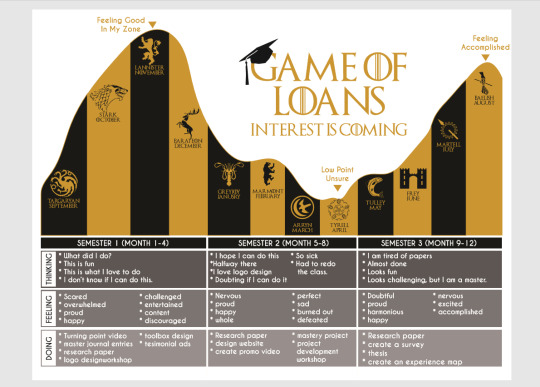
0 notes
Text
What are the key takeaways that will have the most impact on your experience as a graduate student?
Many people think that getting to school, earning a scholarship, or just being an exemplary student have it all accomplished; but it's not like that. In order to reach the key points which, impact your life as a student as well as your experience, it is undoubtedly the daily learning. As mentioned in the 2.1.3
the video, being focused is undoubtedly one of the most important principles to achieve your purpose, both in your student life, as personal or work life. Being innovative, having new and creative ideas is another of the essential points to overcome. Personally, I am always creating new ideas, many of them may not be concreted at the moment. But, many of them if I work them mentally because there is a big purpose in the middle of a genuine creativity.
What are some questions and/or concerns that you may have about the program that may impact your future success?
Getting carried away by your instincts is not always the best alternative but it helps a lot, especially when you are creating principles and keys which are very important points in your career. Being at Full Sail University has been an extraordinary experience for me. Each class, each teaching is a new learning which I always try to implement in my daily life. You cannot always do what you think and sometimes that worries me a little because in most cases we need to take some preliminary steps to achieve them. No doubt when you do a search which supports your theme or title of a project that implies a lot of performance. It does not bother me or take my time, but nevertheless, I am inspired very quickly and many times I lose the habit of citing the place where I find each search. I think that is definitely one of my future concerns which should work hard. However, I know that on the road and with the help of God those worries will go away
My MDMFA Action plan should be IDEAL
1. Imaginative: Create with your imagination and believe you can do it.
2. Determinate: Determinate your idea and make it real.
3. Effective: Be an effective employee or owner and never give up.
4. Achiever: Achieve your dream, study hard to reach your goal.
5. Leader: Be an inspiration and a sample to others.
0 notes
Text
Thesis: Presentation of Design Solution: Mastery Journal
Over the last four weeks of this penultimate month in the MDMFA program, I am still amazed to be taking on new skillsets that advance my knowledge, process, and understanding of media design.
From the readings to the essay to the crafting of my Master’s thesis, each week delves a bit deeper into something new and exciting that allows me to extrapolate on previous courses in the program.
This month there were three key things that stood out. These discovered artifacts of learning will come along with myself in the future to better my work, my career, and my ability to teach others.
Show, Don’t Tell The first takeaway was from the readings by Martin Sykes, A. Nicklas Malik, and Mark D. West. They gave hard evidence that the best way to persuade, convince, and teach others is through visual storytelling. Show the audience rather than telling the audience because “evidence shows that sixty-three percent of [an] audience can remember facts from storytelling presentations, compared with only five percent from the rest.” (Malik, Sykes, West, 2012).
By allowing the viewer to see results or see a story, rather than reading or talking to them, they have a better sense of what is being explained.
Read a Room Whether you are selling an idea or proposal, attempting to gain approval for a particular motion, or just teaching others a new lesson, the best way for this information to stick in their minds and then have them agree with it is by knowing how to present to the audience based on who they are.
Dependent on who is in the room depends on how you will present. Each personality type makes you change your gameplay slightly. Some audience members want hard facts, data, numbers, statistics. And others want to be woo’ed through an emotional rollercoaster of a tale that ends with a socio-empathic result for the better.
Each story gets the same result: the audience absorbing the information being presented. But each story is tailored in a way that helps the audience understand it better through visual storytelling.
Brief, Pithy, & To The Point What was most difficult about this month was taking a year’s worth of, what I had believed to be, well-crafted projects and media design solutions and turn them into short anecdotes that correlated to the four DLOs (Design Learning Outcomes) from this program. These DLOs were: (1) Connecting, Synthesizing, Transforming, (2) Solving Problems, (3) Innovative Thinking, and (4) Acquiring Competencies.
Being able to trim the fat off of your writing to dig down to the deepest parts that truly made the biggest impact in these four areas was quite difficult. For someone like myself who is more verbose and wants to talk about the entire process of each project, the repeated editing and cutting of words to just drill down to the main point of each DLO was excruciating.
But in the end, it was more than worthwhile and made each DLO and thesis page on the website flow more seamlessly and help in explaining what the reader needed to know about that one specific DLO only.
This will come in handy when needing to hone in on one area of work or outcome from a project to truly be able to explain the thoughts, insights, and process better.
Below are screenshots from the finalized thesis presentation website that show the writing and visual examples that accompanied the pages copy.
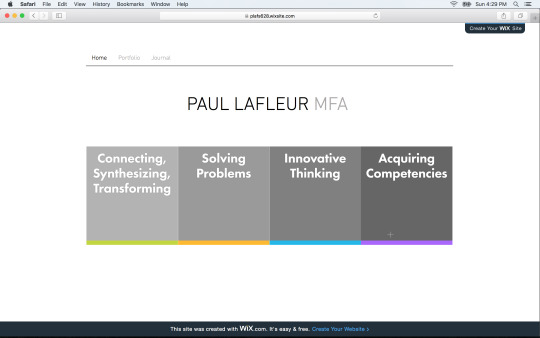
Home page from the MDAMFA thesis presentation.
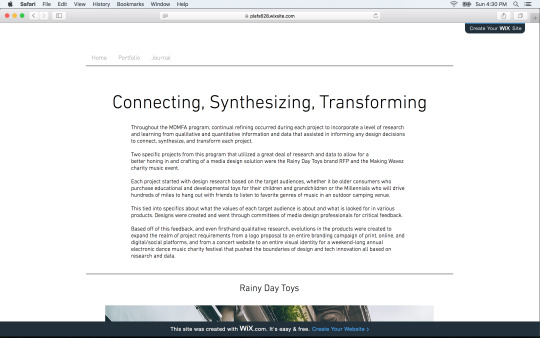
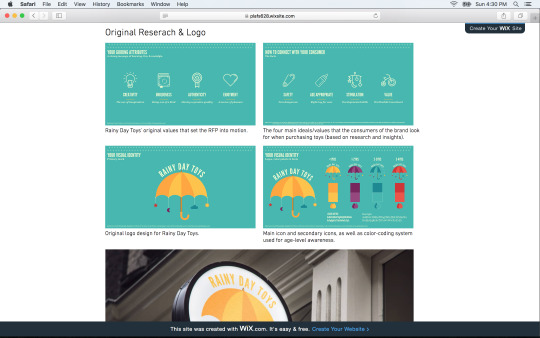
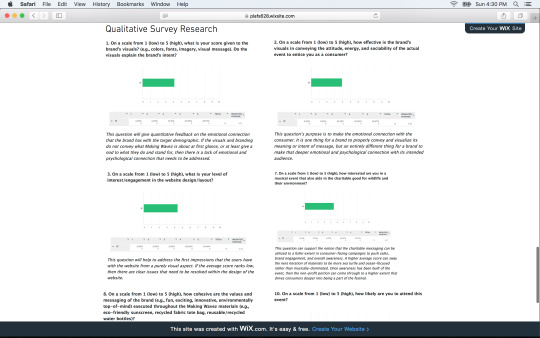
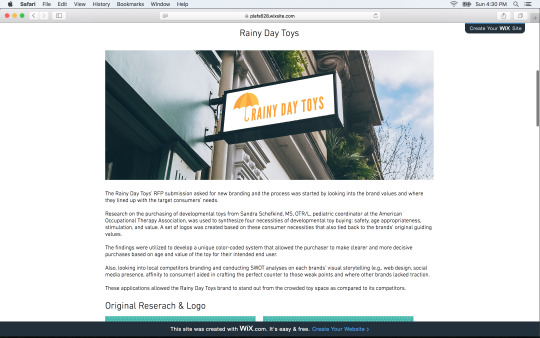
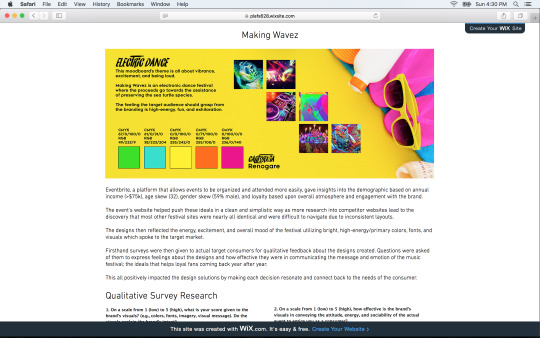
The Connecting, Synthesizing, Transforming page from the MDMFA thesis presentation.
0 notes
Text
Month 6
Mastery journal reflection
Motion Project
This month has focused on motion media, in particular, the usage of motion graphics and film. The motion graphics program I focused this month is After Effects by Adobe. The project assigned this month was a continuance of the previous month's website design. Creating a motion graphic logo that lends itself to the overall branding of the website creation. The logo I created is an electric turtle. The motion graphic of the electric turtle includes an ECG wave, which imparts a semiotic relationship to life. After all the gist of the campaign is to save the sea turtle. Drafting a concept for the logo for animation required sketching and reiteration of work (See Fig 1). The readings of David Airey (2015) revealed strategies in logo design and prepared me for development of the logo design. Next phase in the logo design is to select 3 logo that will best fit the concept and design of the brand. Then process the final 3 designs into a vector graphic form (See Fig 2).
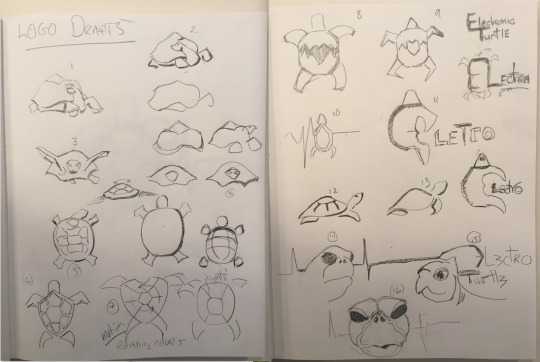
Fig. 1
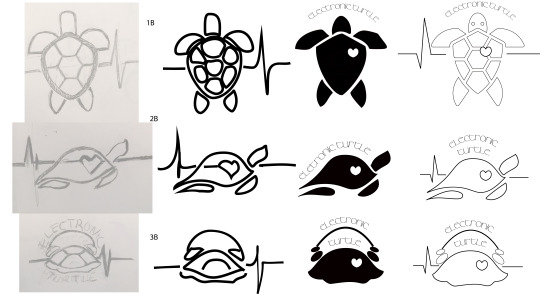
Fig. 2
After the completion of the final 3 attention is focused on which of the 3 designs will best suit the graphic motion and film to be created as part of the branding campaign. Selecting the final logo is based on compatibility to motion graphic design intent and simplicity of messaging (Taylor, 2017). Next I created the motion graphic movement to compliment the film (See movie 1).
Pinnacle to the design of any motion graphic design is the understanding of the principles of motion design (Pannafino, 2015). Incorporating the 12 principles of motion design into the electronic turtle motion allows for a more aesthetically pleasing production. The month closed out with sound in media design. Comprehending sound and the importance to design is exercised in the electronic turtle's application to the motion graphic logo (Hirsch, 2015). The combination of all preparatory works and reiterations were finalized in the 30 second film design (Movie 2).
vimeo
Movie 1
vimeo
Movie 2
The Next 6 Months
My journey from this point on will focus on developing my study of media design and the semiotic relationships are emic to the industry. The design is the important tool to focus on. Design involves significant research and development. I plan to continue the direction of study and the application of these concepts for application to my thesis.
References:
Airey, D. (2015). Logo design love: a guide to creating iconic brand identities. Berkeley, California?: New Riders.
Hirsch, S. (2015, June 24). Sound Design for Motion Graphics. [Lynda.com online course]. Retrieved from https://www.lynda.com/Audition- tutorials/Welcome/175586/414202-4.html?autoplay=true#tab
Pannafino, J. (2015, March 11). 12 Basic Principles of Animation in Motion Design.Retrieved from http://www.howdesign.com/web-design-resources-technology/12-basic-principles-animation-motion-design/
Taylor, A. (2017). Design Essentials for The Motion Media Artist: A
Practical Guide to Principles & Techniques. S.l.: CRC PRESS. Retrieved from http://ce.safaribooksonline.com/book/animation-and-3d/9780240811819/chapter-5type/inspiration_robert_hranitzky_m#X2ludGVybmFsX0h0bWxWaWV3P3htbGlkPTk3ODAyNDA4MTE4MTklMkZuYXZwb2ludC0xJnF1ZXJ5PQ==
0 notes
Photo

This final project was to create and experience map for what I thought, how I felt and what I did over the course the MDMFA degree program. This experience has helped me and allowed me to grow more as a designer. I have learned a lot and will carry many of the things I learned as I move forward.
1 note
·
View note
Text
Presentation of Design Solution: Mastery Reflection
Overview: With our time in the MDMFA program coming to its conclusion, we were tasked with creating our Thesis Presentation Site. Picking projects that best represent each of the four DLO’s during our time in this program has been a challenge. Connecting, Synthesizing, and Transforming: Expert connections were made between the instructional materials and the solution. The project was developed, synthesized, and advanced into entirely new forms, elevating the entire project considerably. Solving Problems: Project documentation demonstrates that multiple approaches were considered. Less acceptable approaches were rejected, with evidence of reason that is accurate, persuasive, and highly compelling. Innovative Thinking: Created a unique solution, without drawing from existing ideas or examples, that exceeds the project expectations by crossing and extending known boundaries. Acquiring Competencies: Created a new, unique and improved solution while meeting the design criteria and following the principles learned from the tutorial, and at an expert level of technical skill. I guess I didn’t fully understand what meant because each time a live session was posted, and the meanings were reiterated again - the meanings became more clear. Multiple layouts were generated for possibilities of display of this information and ultimately we were asked to choose the best layout to move forward with for our presentation.
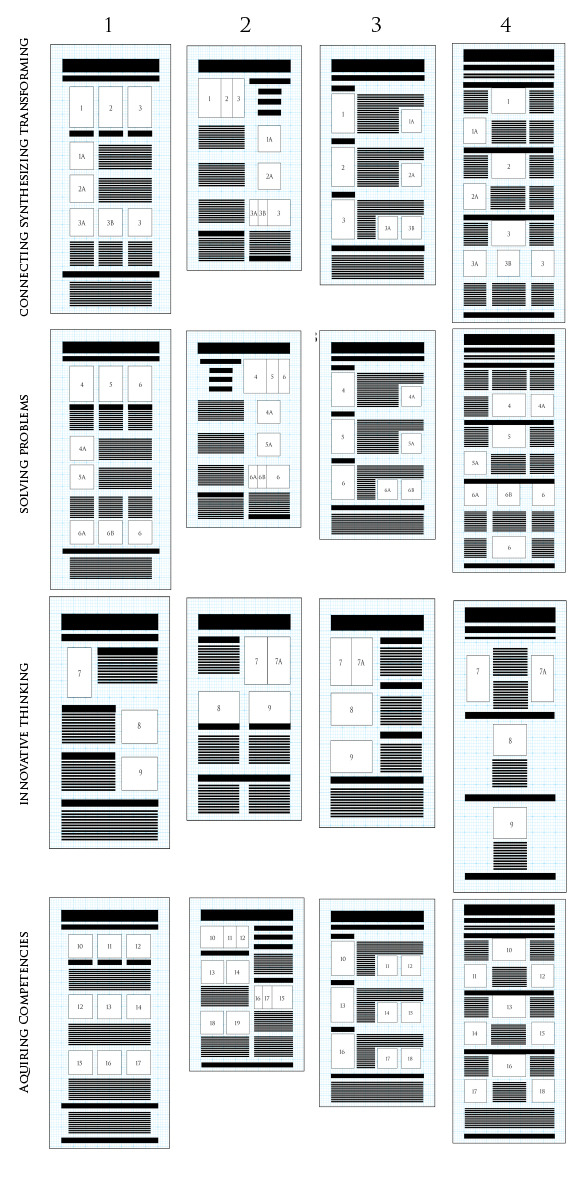
Wrapping up our last week, a new portfolio page was added either to our professional portfolio site or by the creation of a new Behance page. The process of understanding, review, and refining were the biggest tasks this month.
First takeaway: We have been told along the way of this journey, that this program relies heavily on self-motivation and peer reviews. Giving and receiving critiques and helpful suggestions to elevate each others work played an important role in this class. Suggestions needed to be supported by rationale and cited accordingly. Opinions are not warranted. Wanting to see my peers succeed, I tried really hard this month to dig deeper and give helpful suggestions. I am not the best at critiquing grammar or syntax, so I fell short in those areas of peer review but the layout and argument for support were stronger areas of focus. I come to really appreciate the peer reviews I would receive. They gave me a deeper insight into things I worked through too quickly and ways for improvement. I would just scratch the surface in my own work and peers would urge me to dig deeper and give stronger supported arguments.
Second takeaway: Organization is crucial! First and foremost, it is very important to gather all of the projects and screengrabs of the process of the projects into one folder and to make another folder that contains all of the written rationales that went with those projects. To have all of those things in one place makes it so much easier to build the site. Having to stop and hunt for things takes up too much precious time and considering the amount of work that was required this month - time management is imperative.
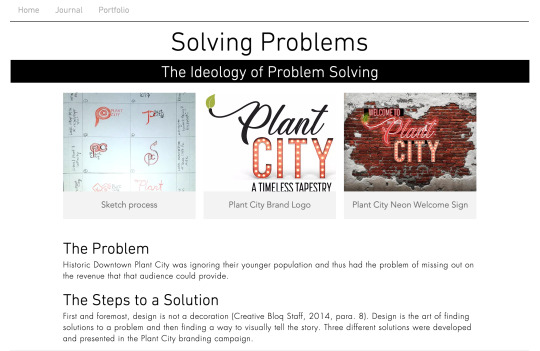
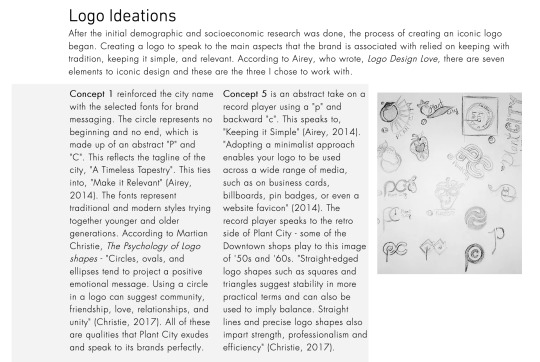
Gathering all of my projects proved to be a challenge. I had a strong idea of how I wanted to portray my process but getting that to match up on the thesis site was quite difficult. Out of the four DLO pages, the most successful ended up being the Solving Problem pages. I was able to clearly go through identifying the problem and then was able to show my process for solutions.
Third Takeaway: All about presentation - telling a story to keep the viewers' interest. We learned about the CAST process from Stories that Move Mountains. C: Content, A: Audience, S: Story, T: Tell (Sykes, Malik, West, 2012). While I found this process, or book for that matter, to be useful, I thought it was a strange process to use for this sort of presentation. Telling a story for a Thesis that is unpersonal and of a formal manner, is rather difficult. I thought a presentation of this manner would be less about a story but more about the process and I guess that’s where I failed. I’m still not quite sure I found the proper way to tell my story of problem-solving in an interesting manner.
Reference:
Sykes, M., Malik, N., & West, M. D. (2012). Stories that Move Mountains: Storytelling and Visual Design for Persuasive. Retrieved from https://ce.safaribooksonline.com/book/communications/presentations/9781118423998
1 note
·
View note
Photo
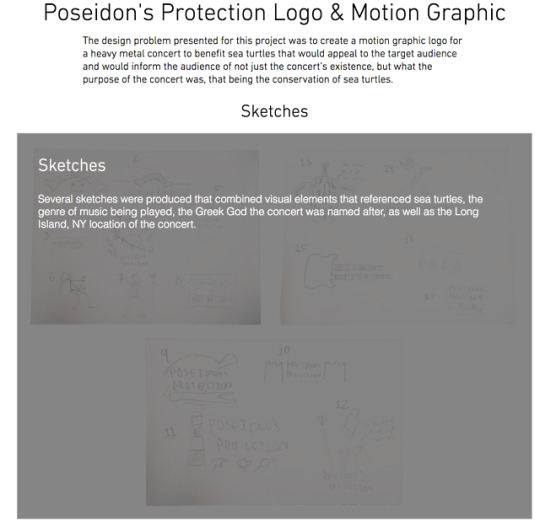
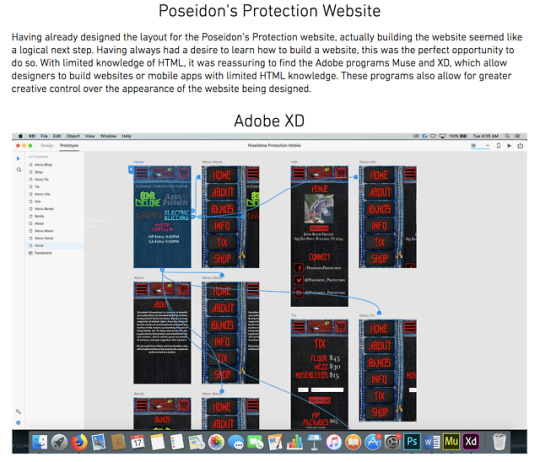
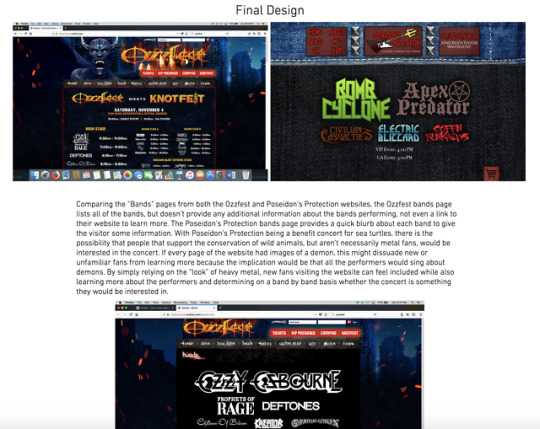
This month is what I’ve spent nearly a year working towards; designing my thesis presentation for the MDMFA program at Full Sail University. It was an exciting process to create the presentation and reflect on what I’ve learned as a design student. One of the challenges to overcome was how to not only show my skills as a designer, but actually explain how my skills and the design process I used showed my mastery of media design. As Best (2006) explains, it is important to not only describe the design solution, but to also describe the process that lead to the design solution. By providing a rationale for the design choices made and describing how research and continued iteration lead to the final design, it shows that every part of the design was carefully considered and things weren’t put together simply because it looked nice. This class showed me how important this is when I was designing my thesis presentation. By showing my process and what lead to the final design, it showed my ability to create a design that has a well thought out rationale behind it.
When designing my thesis presentation, there was plenty I had learned about presentations that I kept in mind. I thought of each page of my thesis presentation as a visual story, which Sykes et al. (2013) describe as a single page story that effectively communicates something to the audience. In my case, that something was my mastery of media design. By telling the story with images of the process, with captions to describe the details, I was able to effectively communicate what my design process was for each project and how it proves my mastery. The concept of a visual story was also applied to my Behance portfolio. By telling a visual story about the projects I worked on, I show how I made certain design choices and provided a solution that effectively solved the presented design problem.
I’d already designed a website before creating the website for my thesis presentation. However, that project only resulted in an HTML file with no way to present it as a complete website that was financially feasible. I was grateful to have an opportunity to work with Wix and ultimately create a website that could be visited. Even though there was a template to follow with the thesis website, I can see myself taking advantage of a service like Wix to create websites in the future and it was nice to get that experience in this class.
Everything that went into designing my thesis presentation taught me a great deal. By learning how to best present my design solutions, this will help tremendously when, throughout my career as I designer, I present design solutions to clients. It also taught me how to present my design work in a way that is compelling in a portfolio that could be shown to potential clients.
References:
Best, K. (2006). Design Management: Managing Design Strategy, Process and Implementation. Lausanne, Switzerland La Vergne, TN: AVA Academia Distributed in the USA & Canada by Ingram.
Sykes, M., Malik, A. & West, M. (2013). Stories that Move Mountains: Storytelling and Visual Design for Persuasive Presentations. Chichester: John Wiley & Sons. Retrieved from Safaribooksonline.com
2 notes
·
View notes
Photo
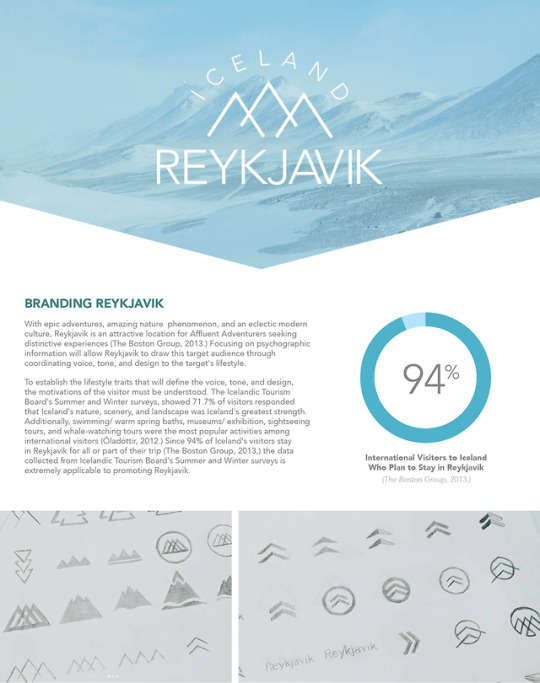
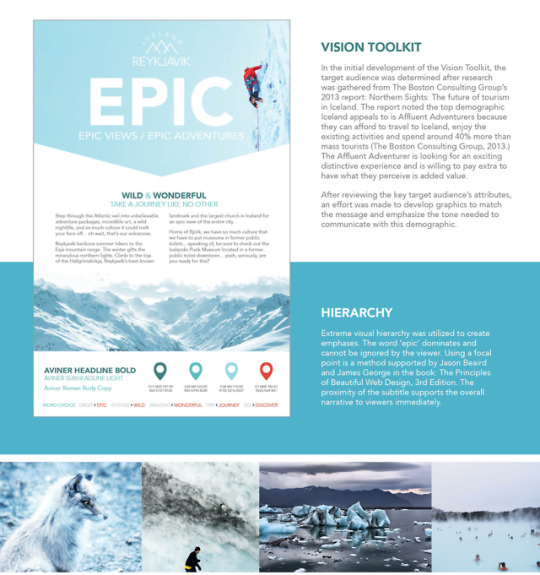
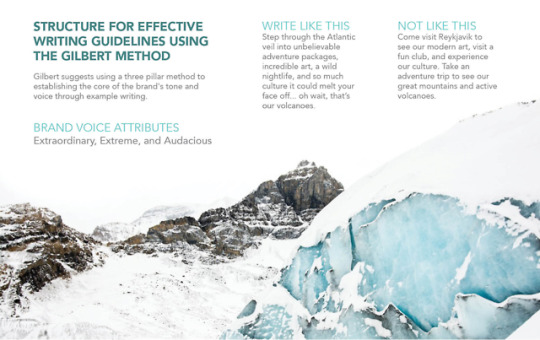
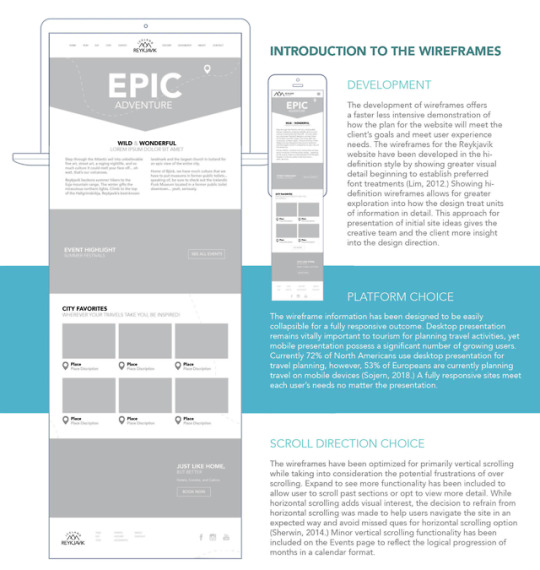
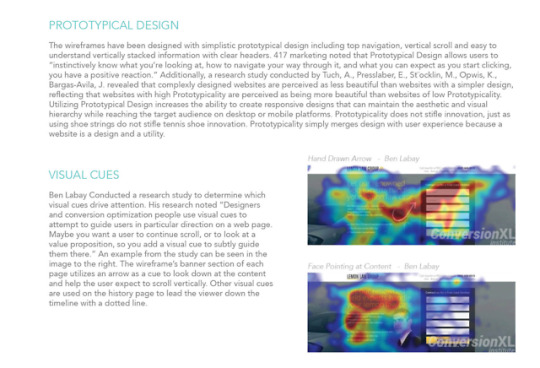
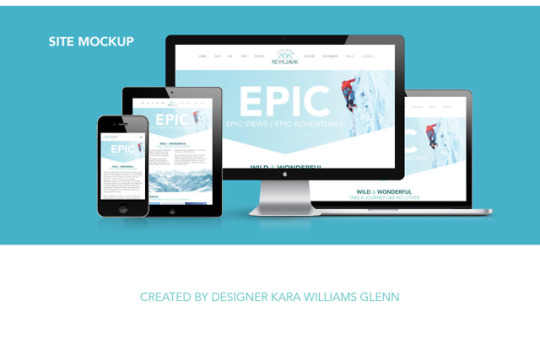
References
417 Marketing (November 25, 2013) Simple Web Design: Why It Works. Retrieved from: https://www.417marketing.com/simple-web-design-why-it-works/
Labay, B. (August 31, 2016) - Last updated: July 6, 2018) Which Visual Cues Work Best To Drive Attention? [Original Research]. Retrieved from: https://conversionxl.com/research-study/visual-cue-study/
Lim, W. (June 18, 2012) A Beginner’s Guide to Wireframing. Retrieved from: https://webdesign.tutsplus.com/articles/a-beginners-guide-to-wireframing--webdesign-7399
Sherwin, K. (April 27, 2014) Beware Horizontal Scrolling and Mimicking Swipe on Desktop. Retrieved from: https://www.nngroup.com/articles/horizontal-scrolling/
Sojern (July 26, 2018) Global Travel Insights. Retrieved from: https://www.sojern.com/press-release/sojern-data-shows-desktop-travel-search-remains-dominant/
Tran, M. (n.d.) Free vector Macbook, Ipad, and Iphone SVG Resource. Retrieved from: https://www.sketchappsources.com/svg-resource/711-free-vector-macbook-ipad-iphone-svg-freebie.html
Tuch, A., Presslaber, E., St¨ocklin, M., Opwis, K., Bargas-Avila, J. (2012) The role of visual complexity and prototypicality regarding first impression of websites: Working towards understanding aesthetic judgments. Retrieved from: https://storage.googleapis.com/pub-tools-public-publication-data/pdf/38315.pdf
The Boston Consulting Group (2013). Northern Sights: The future of tourism in Iceland. Retrieved from: http://www.icelandictourism.is/servlet/file/store36/item699669/version1/report%20from%20bcg%20on%20the%20future%20of%20tourism%20in%20iceland.pdf
1 note
·
View note
Text
MDMFA Reflection
Month 1: Mastery – Professional Development and Leadership
In the beginning, I didn’t get the point of this class but as I read the book I finally deciphered it. It was a beautiful picture of where I was heading and while I am not yet a master, I am getting there.
Month 2: Defining Clients Needs
Typography poster design. This was fun as I was learning the importance of layout, contrast, type, and more. I also was learning how to articulate the needs of the client into a physical piece.
Month 3: Brand Development
Rainy Day Toys! This was the beginning, a second beginning of feeling like yes, I this is where I need to be. Creating a branding campaign and being honest about the why’s and how’s I came up with my solutions was awesome.
Month 4: Effective Copywriting
I had a few hard times during this program, but this one was the first time it was hard because I didn’t get the content. Ad writing, testimonial ad writing was and is difficult for me to wrap my mind around mentally.
Month 5: Design Research
Wireframes!
I finally learned to wireframe my projects and boy did it save me a lot of time. I also learned to draft design mockups within photoshop to give a good visual of how the website will look for the client.
Month 6: Organizational Structures
Fast, Fast, FAST and TIRED!
This was the last four weeks of what I call the sea turtles phase of my degree.
Sea Turtles WERE EVERYWHERE!!!!
I had to sketch logo designs for the web mocks from the previous month, create the vectors and prepare to create a motion graphic. I learned After Effects in 48 hours. I also returned to my love of video editing and created a promo for the relief concert.
Month 7: Design Strategies & Motivations
This month we had to choose whether we begin work on one of the thesis projects or if we go back and revise our work based on feedback. I didn’t receive any feedback other than, the class can move forward but I knew there was work to be done, so I plotted out a path to revise and improve the work.
Month 8: Design Integration
This month began with inspiration as a designer and ended with furthering our revision processes for the program in preparation of our thesis.
Month 9: Multi-Platform Delivery
This month was another round of revisions for our previous work and it felt good. I felt my personal style coming forth, my creative confidence and willingness to step out and try something new and different.
Month 10: Measuring Design Effectiveness
Did it send the message I meant it to? I remember doing a set of Instagram covers for a client and one of them was focused on money, so I did old school Scrooge McDuck Money Bags...
The client asked why I uploaded wedding dresses with money on them.
The point of this class was to survey an audience, something we had learned about early, but I had forgotten about, to see how to effective the design was, then take some time to tighten things up before month 11′s thesis.
It was nerve-racking to send that survey out, but I got useful feedback that was pretty helpful.
Month 11: Presentation of Design Strategies
In this course, it was all about verbally and visually communicating the purpose of the iteration. We delivered a thesis, which I learned that I am not as good of a communicator as I thought. I also learned that I belonged here. I had been fighting so long to prove that I was good enough to be in art school, good enough to be a designer, good enough to survive this program, I finally realized that I am all things and belonging. I worked my ass off and I’ve made it. It’s been hard fought, but worth it.
Month 12: Professional Practice
I assumed this class was one on resumes and portfolio building but it was a class on ethics. Ethics are important to me as a Virgo, I like things in order, I like justice. So learning that I can mix my sense of justice, my passion for ethics (often channeled in my political work) into my actual design work by choosing to do the ethical thing and even in researching societies and finding one that promotes expansive social work from the artist. The finer points of this class for me was that as a designer I should respect my craft, my clients, and the work of another artist in everything that I do.
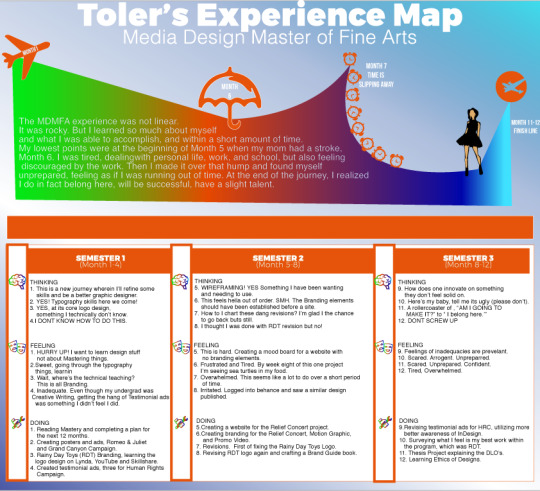
0 notes
Text
Defining Client Needs - Week 1 Reflection
I am currently almost three years into running my own marketing company. Over the past few months, I’ve considered shifting my company’s focus to branding rather than marketing. It had been a goal of mine to be a brand manager. I love creating corporate identities and maintaining brand standards. I realize that branding doesn’t just involve the visual side, but also the experience one has in interacting with an organization. I really want to focus on creating the visual narrative that defines a company.
In reviewing the live session, I realize that I need to realize delve into understanding and researching my clients’ needs, competition and issues to render effective design solutions. I feel that my creativity has waned somewhat due to the challenges of running a small business as my primary source of income. I sometimes tend to go into survival mode, just wanting to get the invoice paid, and only designing on a surface level instead of fully diving into my client’s world. I feel that I’ve hit a plateau and I know that I can achieve greater results for my business and my clients.
I’m excited to be in this class because my clients should always be my number one priority. I’m looking forward to broadening research skills and my horizons. The global campaign project is refreshing since it’s pushing us to think outside of local and national markets. I want my company to become a global branding force!
Goals for my MDMFA program:
1. Strengthen research and marketing plan/brand story development
2. Attain new skills in my weakest areas: video presentations and editing and UX/UI design.
3. Enhance my skills in Photoshop, Illustrator and InDesign.
4. Strengthen my time-management skills.
1 note
·
View note
Photo
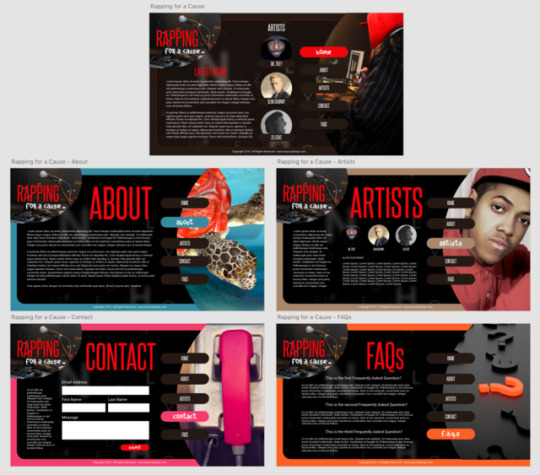
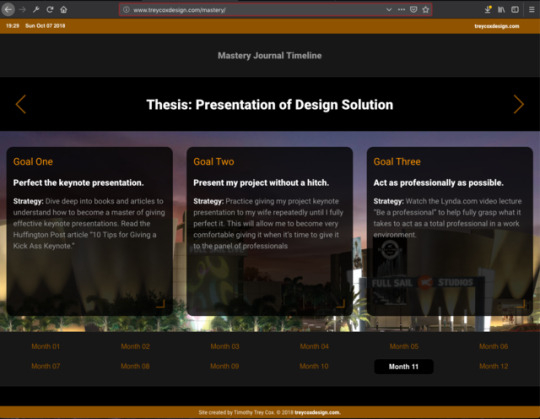
This month was an enjoyable one and on of my favorites from the Media Design Master of Fine Arts program. I was able to do research on a number of different topics relating to my design work revisions.
The heaviest research that I conducted was primarily focused on the user interface and color theory fields. As for the user interface research, I learned some of the important qualities of a website design that helps the experience of the site visitors. The color theory research was very helpful, and I was able to better understand the various emotions that colors can invoke in a person.
The primary problem that I was trying to solve in my first assignment was how to make a professional looking web application using popular design and UI techniques from Google and Apple’s design styles. I was able to create a site that I felt was up to par with some of the things that those two companies have released in the past.
As far as design goes, I really didn’t learn anything new in these projects. However, I did indeed learn a ton about the programming side of web development when it comes to manipulating the elements of a page. This skills is apparently very crucial for developers to know, and it a skill that really helps designers do more, yet a lot of designers don’t understand it.
0 notes
Text
Defining Client Needs
Week One Reflection
I feel more hopeful than I did prior to starting this course after this week’s lessons. I learned that it is not necessarily prior experience that will make me successful, but innovative thinking, the ability to solve problems, and learning as much as possible, even outside of the design discipline, in order to make connections and create projects that are unique.
One of the biggest takeaways that I believe will have the most effect on me as a grad student is, as I explained in the week one live session, that I should be prepared to give and receive criticism. This is both nerve-wracking and exciting for me – nerve-wracking because you never really want your work criticized, but exciting because you can’t get new ideas from others’ suggestions.
The only concern I still have that could impact my future success is that I have never been good at drawing. I fear that because I have neither a background in design nor any formal art training, I may be entering this industry at a disadvantage. Despite this concern, I am excited about the new skills I will learn, and I will not count myself out just yet.
My vision and expectations of the MDMFA program are that I will enter the design industry as a designer who is not only competent but an expert in the field. The responsibility lies not only in the coursework but in my commitment to the program and any additional studying and practicing I do.
My action plan for accomplishing my vision and expectations is below:
Action Plan
Overall Long-term Goal: To become a designer who is not only competent in design but a sought-after expert in the field by 2024
Overall Plan for Success: Review assignments early so that I can get questions to instructors early; do more than the minimum required in the MDMFA program; study design professionals’ work and processes; study art deco, figure drawing, color, and typography; determine my design personality and push past it
Step 1: Learn how to determine and define client needs by 2/2020
Step 2: Research, use the info to create solutions by 3/2020
Step 3: Prove the efficacy of design solutions by 05/2020
Step 4: Cross and extend boundaries in order to create unique designs by 10/2020
Step 5: Acquire multiple competencies by 12/2020
Evidence of Success: Instructor and/or client feedback
Evaluation Process: Class grades and/or client satisfaction (improvement in sales or brand image)
I am excited to see how I am doing as a designer by the end of the MDMFA program. I am positive the entire experience will be a rewarding one.
0 notes